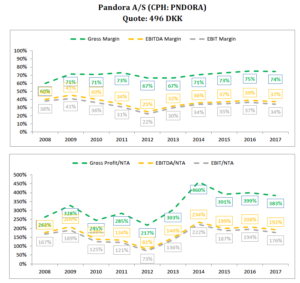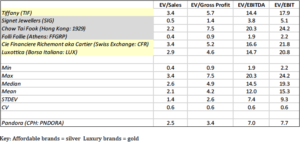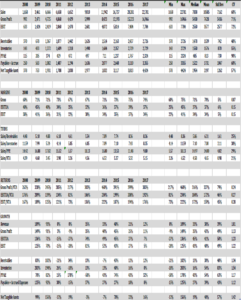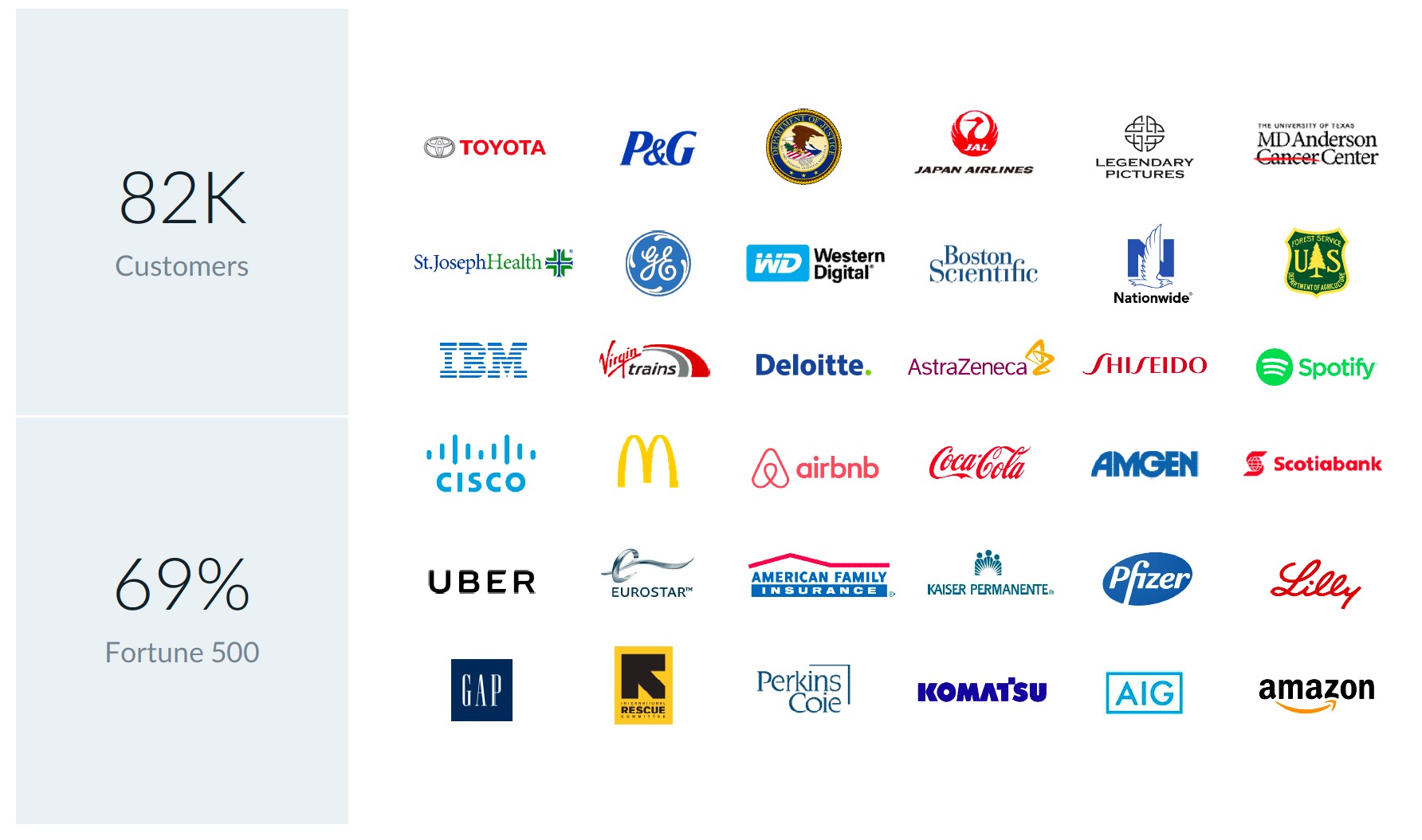Value Trading – Does It Ever Make Sense?
Article by DAVE ROTTMAN
I would like to discuss and elicit feedback from our community on the topic of value trading. What I mean by value trading is the purchase and sale of stocks in a shorter time frame than traditional long-term investing, where the buy and sell decisions are driven by the exact same fundamental analysis, margin of safety standards, and owner’s mentality that traditional long-term value investors utilize. In other words, I would like to discuss the idea of a business-oriented investment strategy coupled with the willingness for a short investment holding period in certain situations.
Theory
To start, I will simplify the investment landscape by categorizing all stocks into two buckets: slow growers and compounders. Slow growers are businesses where the intrinsic value does not grow especially rapidly, and compounders are businesses where the intrinsic value does grow rapidly. All things equal, purchased at an equivalent price to value (P/V) ratio, compounders should outperform slow growers over long holding periods. This makes intuitive sense, because a large portion of the return in investing in slow growers is the narrowing of the P/V gap, whereas the large portion of the return in investing in compounders is the value itself actually increasing. This is what Charlie Munger is getting at when he said:
“Over the long term it’s hard for a stock to earn a much better return than the business that underlies it earns. If a business earns 6% on capital over forty years, you’re not going to make much different than 6% return, even if you buy it at a huge discount. Conversely, if a business earns 18% on capital, you’ll end up with one hell of a return long term, even if you pay an expensive looking price.”
With that in mind, all things equal it makes sense that an investor would prefer the P/V gap to close as quickly as possible for slow growers more so than for compounders. Further, an investor who is open value trading would be more likely to trim or sell investment in slow growers rather than compounders, because with compounders there is a higher risk of selling too early, not getting back in, and missing out on the value creation that occurs for years to come.
This brings me to the practical considerations of value trading. If, as value investors, we buy businesses whose shares are available at large discounts to intrinsic value, and those shares subsequently rise quickly in price, should we hold onto those shares until the gap narrows further, or should we consider selling (at least some of the investment) and reallocating the capital to other attractive businesses with a larger price-value gap, assuming we can find such businesses? Do long-term buy and hold investors at times hurt their returns by simply holding stocks that bounce up and down, with the P/V gap narrowing and widening over time, even as the value may march steadily upwards?
I suggest that in some situation we should be willing …
Read more




